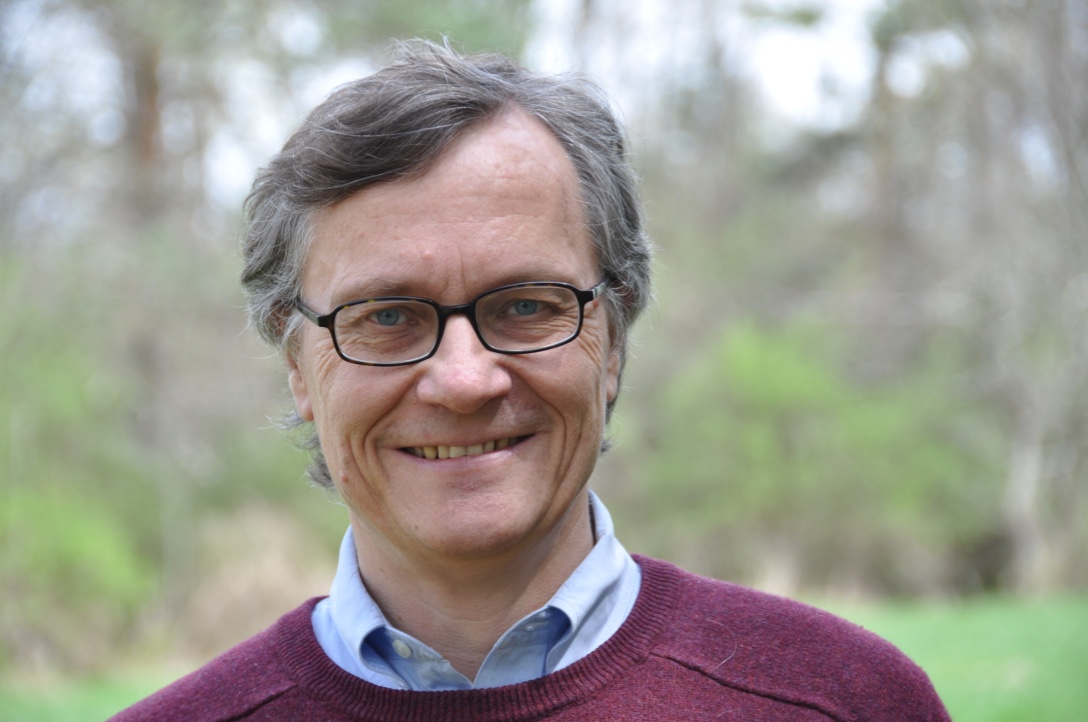
A winter morning in Ithaca
Laurent Saloff-Coste – Welcome to my webpage – Bienvenue!
 |
Abram Rogers Bullis Professor of Mathematics office: 567 Malott Hall |
Mail address: Department of Mathematics 567 Malott Hall, Cornell University Ithaca, NY 14853-4201, USA
Research interests
Training
I was trained in harmonic analysis including Calderón-Zygmund singular integral theory and non-commutative harmonic analysis. Both areas make important use of Functional Analysis. When I was working on my Ph.D., the interaction between probability theory and harmonic analysis (e.g., through descriptions of Hardy spaces, the space BMO and their uses) was a lively subject which played a key role in my education. The five books that influenced most my training at the time are E. Stein's Singular Integrals and Differentiability Properties of Functions, E. Stein and G. Weiss’ Introduction to Fourier Analysis on Euclidean Spaces, E. Stein's Topics in Harmonic Analysis Related to the Littlewood-Paley Theory, R. Coifman and Y. Meyer's Au-delà des opérateurs pseudo-différentiels and A. Garcia's Martingale Inequalities: Seminar Notes on Recent Progress.
More than anyting else, my training was influenced by the wide ranging interests of my advisor, Nicholas Varopoulos. Then, Varopoulos’ focus was on the study of the heat kernel on Lie groups and of random walks on finitely generated groups. Most of my own research activities have their origins in these two subjects.
The heat equation
The main classical topics in non-commutative harmonic analysis is Representation Theory which is motivated in large part by the desire to generalize classical Fourier analysis and leads to many outstanding developments and connections with other areas of mathematics (e.g., Selberg trace formual and the Langlands program among many other topics).
My own interests are related to this classical topic in the sense that one of the original problems in Fourier analysis (going back to Fourier's own work) is the understanding of the heat equation and its solutions. The classical heat equation admits many natural generalizations. These include
The heat equation on Riemannian manifolds
The heat equation in sub-Riemannian geometry
The heat equation associated with sums of squares of invariant vector fields on Lie groups
The heat equation associated with Dirichlet spaces in the context of metric measure spaces (this includes all of the above as examples)
Discrete versions of the heat equation associated with the notion of random walk on graphs and countable groups
Finite versions of the discrete heat equation related to Monte Carlo Markov Chains (MCMC) and stochastic algorithms widely use in Statistics, Computer Science and Scientific Simulations, both at a theoretical level (e.g., complexity theory) and at a practical level (actual simualtions).
Higher order problems, abstract evolution equations including some non-linear versions (e.g., the p-Laplacian heat equation and the porous media equation) and geometric evolution equations (e.g., the Ricci flow)
Probabilistic interpretations of the heat equation leading to problems in infinite dimensions, path and loop spaces, and non-local version of the heat equation associated with Lévy processes including stable processes.
There are strong connections and significant differences between these many topics. Some belongs obviously to the theory of partial differential equations while others lead to problems in geometry, algebra and combinatorics. Some have a strong probabilistic flavor and others less so. Some are continous in nature while others belongs naturally to discrete mathematics.
Groups
As many other mathematicians, I am quite fascinated by the mathematical objects we call groups. In my research, groups appear prominently in the form of the underlying space over which other obejcts of interest such as functions, differential equations and stochastic processes are defined. In addition, the group law of the underlying group plays a role because the differential equations and stochastic processes that one considers are invariant under the action of the group on itself (say, via left-translations).
The simplest example of such a situation is the study of stochastic processes called random walks. I like to think of a random walk as a mean to explore the underlying universe which–we assume–is a group. The random walk is driven by a probability measure which allows us to pick at random among a particular subset of group elements. It is also driven by the group law of the group because, if the random walk is at g (a group element) at time n, its next position, at time n+1, is at gh where the group element h is chosen according to the given probability measure. Note how both the chosen measure and the group law play key roles in this definition. Because the group law plays such an important role in the definition of this stochastic process, it is natural to expect that some of the algebraic feature of the group will be reflected in the behaviour of the random walk.
Here are the two best known theorems that can be used to illustrate this discussion (the groups we consider here are finitely generated groups):
Kesten's Theorem, 1959: The probability of return of a symmetric irreducible random walk on a group G decays exponentially fast with time if and only if the group G is non-amenable.
Varopoulos’ Theorem, 1986 (Solution of Kesten's Problem): A group G carries a recurrent irreducible random walk if and only if it is a finite extension of the trivial group, the group of integers or its square (the Euclidean square lattice in dimension 2).
In these theorems, certain aspects of the behavior of random walks are shown to be tightly related to properties of the underlying group.
The main thrust of my research on random walks is to study the interplay between the structure of the underlying group and the behavior of the random walks on that group. What algebraic structures impact the behavior of the radom walks? How to capture the corresponding phenomena? Can random walk behavior be used to recognize certain underlying algebraic structures?
Dirichlet forms
A Dirichlet form E is a closed quadratic form defined on a dense subspace of the Hilbert space of square integrable functions associated with a nice measured space. In addition it has the property that, for any function f in the domain of E, the function |f| is also in the domain of E and E(|f|,|f|) is bounded above by E(f,f). This notion is built upon the fundamental example in which E is the energy functional for the heat equation in Euclidean space, that is, the integral of the square of the gradient of the function f. In this case, the domain of E is the classical Sobolev space. The notion of Dirichlet form was first considered by Arne Beurling and Jacques Deny, developed more systematically by Deny and, later, by Masatoshi Fukushima. It provides us with a way to consider questions concerning the heat equation and Potential Theory in a setting that encompasses many natural interesting examples with a variety of distinctive features: Riemannian manifolds, sub-Riemannian geometry, polytopal complexes, fractals and fractal geometry, Wiener space, path and loop spaces, etc… In my work, Dirichlet forms also play a key role in the study of reversible Markov chains (including finite Markov chains) and random walks on groups.
Geometry and geometric analysis
I often describe my interests using the sentence ‘analyis and probability in a geometric environment.’ Hopefully, the previous paragraghs give some context to this sentence. More often than not, the problems I study relate to some (families of) differential equations and some related (families of) stochastic procceses which are defined, driven, or otherwise related to some underlying geometric structure(s). Diffusions on manifolds, sub-elliptic problems, random walks on groups, Markov chains on finite graphs and combinatorial structures can all be viewed through this lense. Functional inequalities such as Sobolev and Poincaré inequalities and spectral analysis are relevant classical tools that helps approach these problems from a unified viewpoint.

Byōdō-in, Uji, Kyoto Prefecture, Japan (Fujiwara Regent Period)